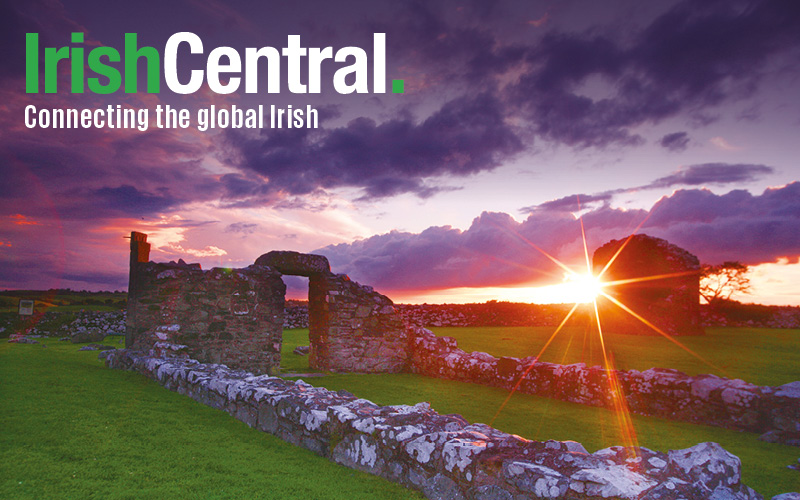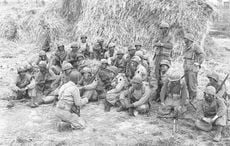Two-hundred-and-sixteen years ago today, a combined Irish and French force of only 2,000 fighters rallied together to drive 6,000 British soldiers out of Castlebar, Co. Mayo.
The Battle of Castlebar was a key moment in the Irish Rebellion of 1798. Historian Thomas Pakenham describes it as “one of the most ignominious defeats in British military history” in his book "The Year of Liberty." The battle became known as the Castlebar Races, an allusion to the speed with which the British troops retreated.
In 1796, a year after the end of the French Revolution, Wolfe Tone traveled to France asking for assistance in fighting the British. France obliged, sending a flotilla of 15,000 troops, but the venture failed when a severe storm scattered the ships and prevented them from landing on Irish shores.
After the start of the Rebellion in May 1798, Tone and the United Irishmen again sought help from France. In July, the French agreed to send three expeditions to Ireland. The first, 1,100 men led by General Jean Joseph Amable Humbert, set sail on August 8 and landed at Cill Chuimín Strand in Co. Mayo on August 22. Among them were Irish expats and exiles serving as officers in the French Army.
The French troops were initially joined by barely 200 Irish rebels, but nonetheless managed to seize Killala from the British. After this first victory, hundreds of volunteers from the surrounding towns and villages joined the Franco-Irish forces.
Ballina fell two days later. Alarmed, 6,000 British forces gathered at Castlebar to prepare for battle. The Franco-Irish fighters, numbering close to 2,000 by this point, marched on Castlebar.
They arrived at dawn to a storm of British artillery fire that saw many French and Irish casualties. Soon, however, French officers devised a plan to lead a bayonet charge through an area of wild terrain, which provided more cover.
The attack proved highly effective, and once the Franco-Irish passed the British artillery line, the British troops fled – most to Tuam, Co. Galway and some as far as Athlone, many abandoning their weapons in the process. Two hundred men who had been fighting with the Kilkenny and Longford militias deserted and joined the rebellion.
Despite the decisive victory, the Franco-Irish sustained the heaviest losses, with 150 killed in comparison to 80 deaths on the British side.
Shortly after, General Humbert declared the area the Republic of Connaught and called for France to send reinforcements.
However, the victory at Castlebar and another win against the British at Collooney, Co. Sligo on Stptember 5 was the high points for the Franco-Irish forces. British troops quicky assembled and by the September 8 Battle of Ballinamuck, Co. Longford their numbers exceeded 15,000.
General Humbert surrendered at Ballinamuck. The Irish volunteers continued to fight until they were forced to scatter, with 200 captured and 500 killed. Close to 1,000 managed to flee.
The British re-captured Killala on September 12. Additional French ships, one of which carried Wolfe Tone himself, approached Ireland on October 12 and were confronted by British forces near Tory Island in Co. Donegal. It was a decisive British victory and the last battle of the 1798 Rebellion.
The captured French soldiers were brought to Dublin, then transferred to England and eventually repatriated home. The French army officers of Irish origin, however, were hanged in Dublin with the Irish rebels. Tone took his own life in prison before his execution could be carried out, after his request for a military execution by rifle (as opposed to a criminal execution by hanging) was denied.




Comments